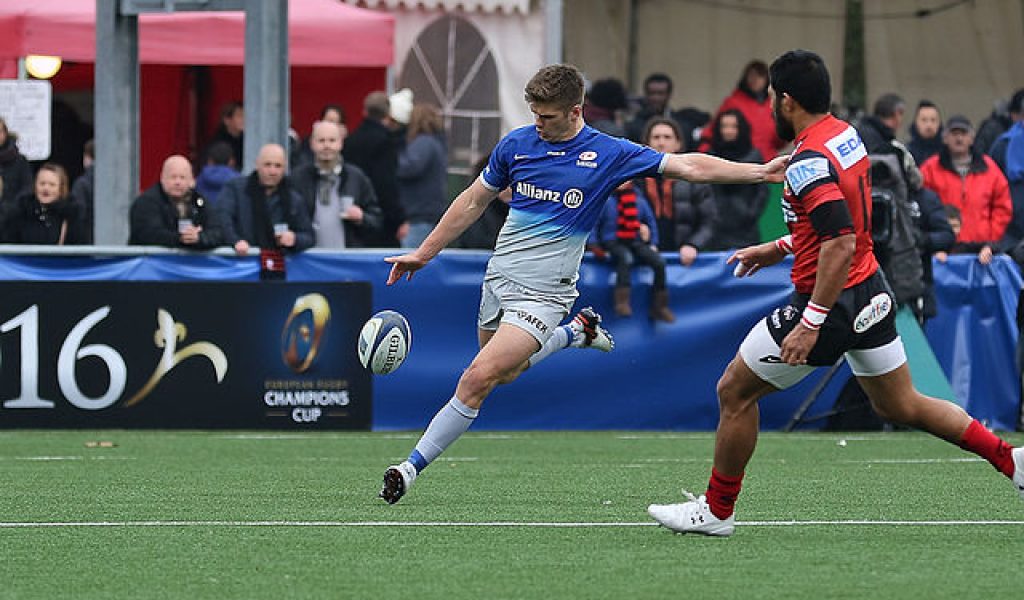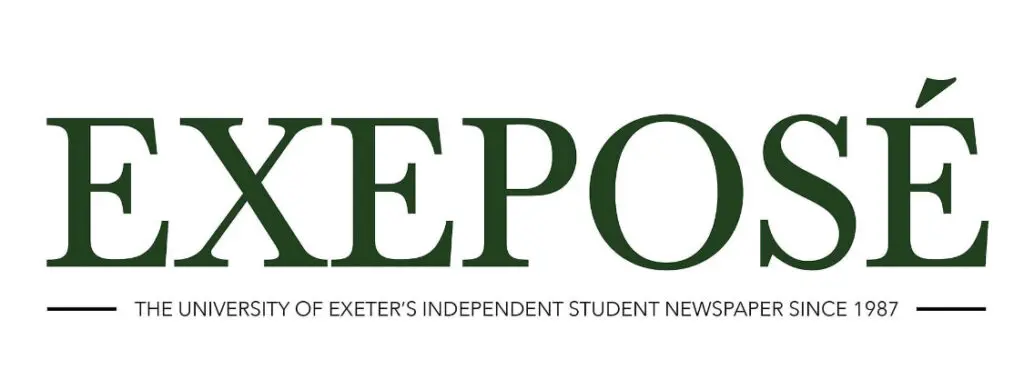Do rugby’s high tackle laws work?

Ben Scott takes a fascinating and detailed look at Rugby’s high tackle laws, including recent controversy surrounding an incident involving England star Owen Farrell.
In January earlier this year, Owen Farrell was cited following a game against Gloucester Rugby for dangerous tackling, contrary to World Rugby Law 9.13. The incident provoked a wider debate from the casual fan to media, officials, and players themselves on the laws of rugby union. Concussion and head injuries are being ousted from the sport, and harsher tackle laws seem to be leading the charge. Interestingly too, fans have come to question the reliability of regulatory proceedings and the impartiality of those on RFU panels.
The illegal tackle committed by Farrell marked undoubtedly more than another dangerous hit; fans and players looked to governing bodies to protect player safety and deal with those digressions against the proposed plans for a safer game. Noticeably in the media, opinions circulated on the effectiveness of panels tasked with applying the laws to appropriate punishment. This doubt in the reliability of regulatory proceedings could call into question precedents set out by other proceedings on similar incidents.
It was Owen Farrell’s shoulder contact against the chin of Jack Clement in the 77th minute that reignited the debate on tackle laws and player safety in the sport. It was the citing commissioner, James Hall, that decided the tackle merited an RFU disciplinary hearing. Hall cited Farrell contrary to law 9.13: “A player must not tackle an opponent early, late or dangerously.” The subsequent panel hearing on the 10th of January and the “RFU Short Judgement Form” shed light on the incident. It is interesting here that chairing the hearing, Philip Evans KC, came under scrutiny. Fans and journalists outrageously suggested bias in a decision that would allow Farrell to be selected for England’s game against Scotland with a shorter-than-usual ban. This is a shocking claim – it was only the month before the hearing that Evans was at the Old Bailey for a murder trial.
For an “incredibly bright”, “measured yet strong cross-examiner” (as described in the Legal 500) King’s Council to be accused of bias for trying to better his national rugby team’s player selection is extraordinary. Evans’s disciplinary panel was also independent of the RFU and followed sanction criteria set out years in advance. Yet still, there are those that accuse a lawyer of a high reputation of engineering rule-bending to allow Farrell to play in an important game. If fans believe Farrell ‘got off easy’, then it’s not the lawyers that lack integrity, but the guidelines. Furthermore, if hearings within England via the RFU seem too much like self-policing, then globalising could prevent the solution.
It was the evidence put forth by Farrell himself, that seemed to mitigate punishment. The player described the contact as “fleeting” in his defence. Farrell also “felt he had made primary contact through the chest area and that he had made a fair tackle”, believing “all his force went through the chest area.” The panel’s main conclusion was that the decision of a high contact point was intentional, but this was not intended to be the head or chin – this was “not intentional but reckless.” The panel further agreed that contact was “fleeting” and acknowledged there was no injury to the opposition player. Hence, in abiding by the guidelines, the panel ticked 19.11.8(b) for a reckless challenge, rather than 19.11.8(a) for an intentional one.
Most important for the determining of sanction, was Reg 19.11.9, the Assessment of seriousness through the entry point. Here, it is fascinating that a matter of centimeters can mean the difference between a 4 to a 10-week ban. As chin contact, the tackle fell under “mid-range” and so corresponded to a 6-week ban. Also relevant to this case, in particular, was the player’s disciplinary record, as Farrell has a previous record from September 2020 which produced a 5-week ban. But interestingly, because of its age, the panel disregarded a matter from 2016.
It is fascinating that a matter of centimeters can mean the difference between a 4 to a 10-week ban.
More controversy was rooted in the reduction to a 4-week suspension as the panel agreed that Farrell was eligible to participate in a World Rugby Coaching Intervention Process. Usually, this is not available to previous offenders. Nevertheless, the player was given the opportunity because of his acknowledgement of his offence and his general behaviour. Clearly, the guidelines followed by the panel place a great weight on the “Relevant Off-Field Mitigating Factors” and critics have no leg to stand on for slandering the panel members who only followed the guidelines set out in front of them.
What is also noticeable towards the end of the report is regulation 19.12: that Farrell has the right to appeal against the decision. But, as indicated by the general consensus of media and fans, Farrell should be happy with the 4-week ban. On an estimated £750,000 year salary, it’s unlikely that Farrell will take the additional £500 fine too harshly.
Still, journalists have clamored for more punishment. Stuart Barnes led the charge with his writing in The Times. Barnes saw not a hint of “mitigating factors” unlike the disciplinary hearing but did concede the tackle wasn’t malicious. Nonetheless, it’s clear Barnes wanted Farrell as a “victim” of the new era of increased player safety, although this may partly stem from a lingering resentment towards the player, as the comments sections on his articles make quite clear.
Another commentator, Stephen Jones, highlighted this victimisation of Farrell to his readers’ surprise. Jones made the point that Farrell’s tackle was far from the most serious incidents seen before and that it was only Farrell’s name that made it a “heinous crime” rather than the tackle itself. Even if Jones’s picture is true, however, the panel was clearly cautious in over-protecting the player when he undoubtedly did wrong, – effectively keeping things in proportion.
If Farrell is involved, even tangentially, then it is a heinous crime.
Stephen Jones defends Farrell’s tackle in his Times article.
Following the tackle, its citing, and then the disciplinary hearing, broader questions must be drawn. Unquestionably, the primary job of the panel is to protect the image of the sport and thereby the players. The reaction and process of the RFU and the panel were closely watched as a test case at depicting where English rugby was in its process of removing head injuries. With the reduced sentencing, it’s clear that the sport cares about its future as it wasn’t just Owen Farrell on trial.
Does the RFU rule rugby by the rules or business? Clearly, these are interconnected. The sport values the safety of its players through its stricter tackle rules and sanctions, which will reduce head injuries, and in turn, will improve its image. This improved image of the sport can only benefit the sport with increased viewership and popularity across the country.



